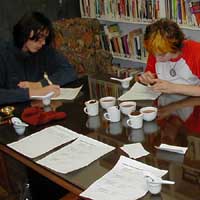 As those who get my newsletter now know, I’ve taken the jump into the certification business. However, since I have written a post on the blog about my mixed feelings about certification, I think it’s important to have a little conversation about why I’m doing it and how my certification is different from other programs out there.
As those who get my newsletter now know, I’ve taken the jump into the certification business. However, since I have written a post on the blog about my mixed feelings about certification, I think it’s important to have a little conversation about why I’m doing it and how my certification is different from other programs out there.
First, the “why” of the certification program. From the very beginning of Tea Geek, my intention has been educational. I do sell a little tea and teaware, but the primary focus of my activities have been about tea information—sorting the good from the bad, busting myths, offering classes, doing informal (so far) research, and so on. I’ve always had a vision of something similar to what they have in many tea-producing countries—a technical college style school that focuses on all aspects of tea.
The certification program is one of several things being worked on to bring the world closer to this vision. Many people (Americans especially) expect to get some kind of reward or memento for learning—a diploma, a certificate, grades, plaques, etc. Offering certification meets that expectation in the educational marketplace. From a business perspective, it’s a pretty good business model: once the program is developed and ready, costs are very low so profit margins can be quite good. And, from the perspective of being a change-agent in the tea industry (see the “what’s different” part below), it provides a way to do things a little differently in order to shift around some incentives.
So what’s different about this certification? Well, first off, you pretty much can’t fail. This is because the certification doesn’t take the form of a grade or a pass/fail test like most programs. Instead, in the spirit of schools such as Fairhaven College, Evergreen State College, and the Puget Sound Community School (where I taught my first tea class), a certification consists of a narrative evaluation of the individual’s tea knowledge and skills.  Therefore, no matter what your level of knowledge or skill, you will be able to sit down for an interview or test (or whatever format is appropriate for the topic) and demonstrate your competency.  You will earn a description of what you’re good at, and can even get some suggestions of what you might learn next—if that’s something you’re interested in.
Tea Geek will, of course, be providing classes to prepare those who want to maximize their evaluation time, but these classes are absolutely not prerequisites for having a tea knowledge/skill evaluation. Â Currently, there is a prep class series being offered in person, and soon a virtual version will be ready for those outside the western Washington State area. Â Upcoming trainings and classes are posted on a public page at the Tea Geek Wiki.
There are a few more things to be done for an official launch, but those who are interested should send an email message to teageek [at] teageek.net to be sure you get notification when the program goes live.
Questions? Â Comments? Â Send an email or leave a comment below!
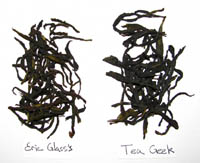
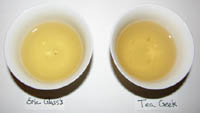

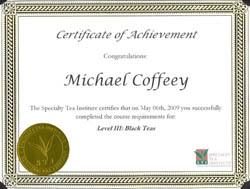
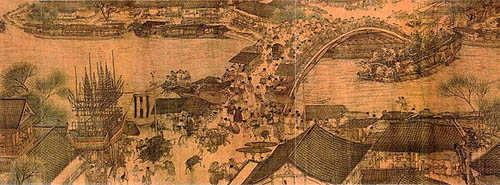
 Last year at the
Last year at the 